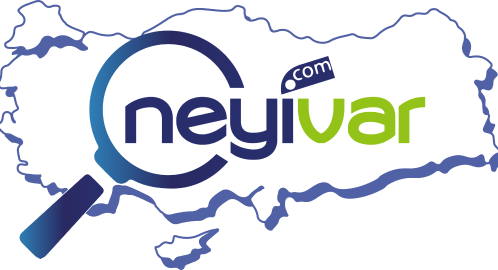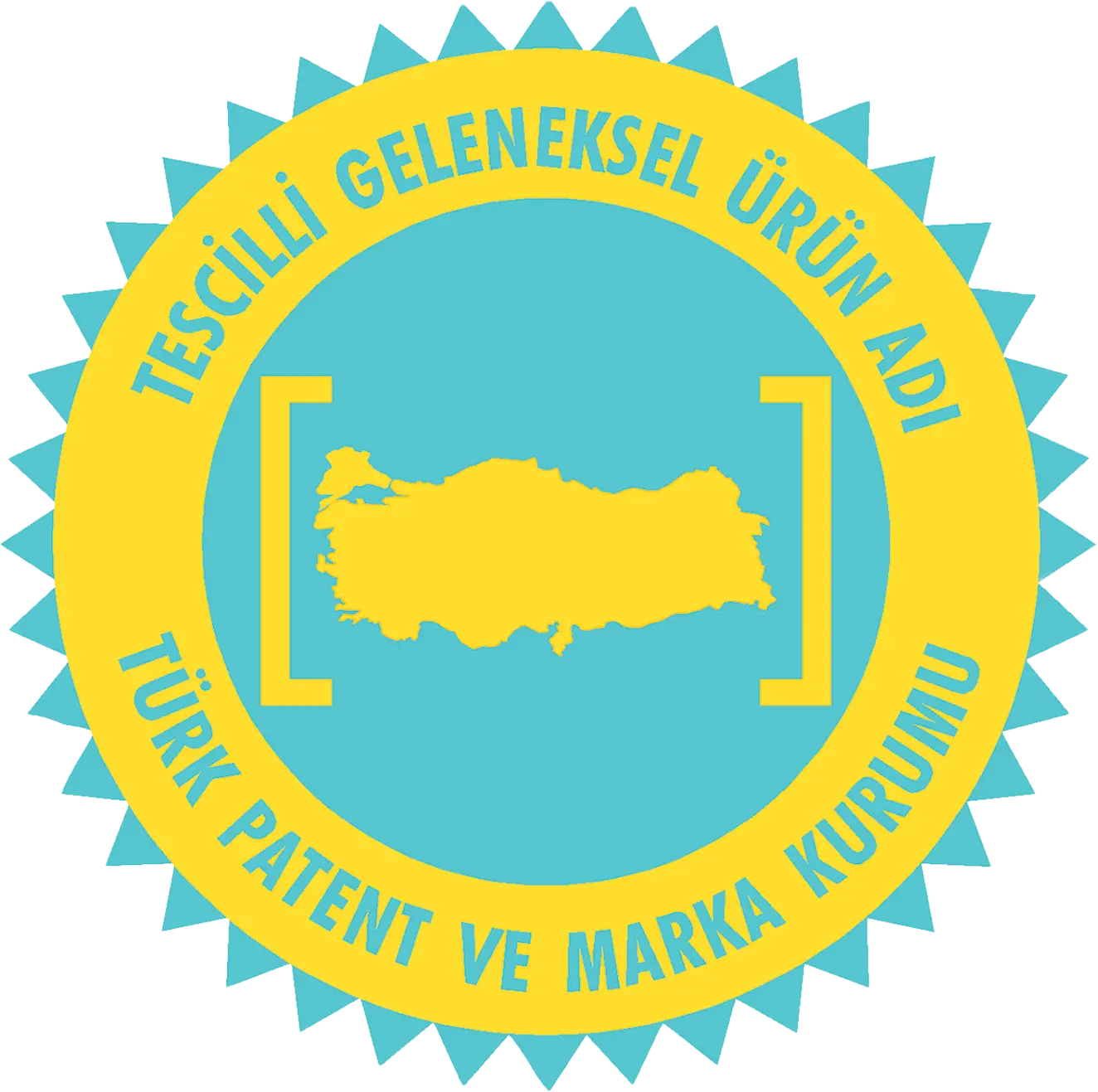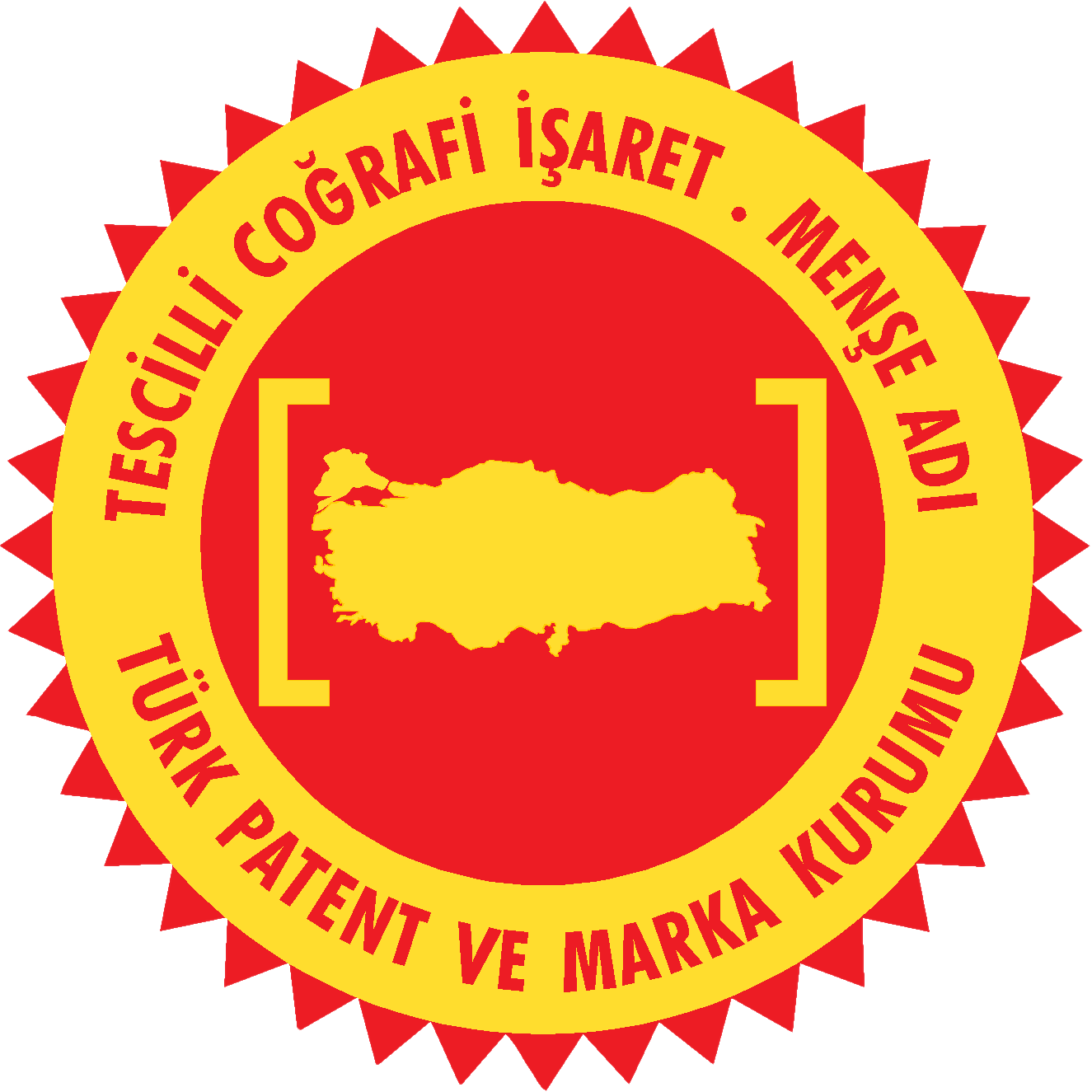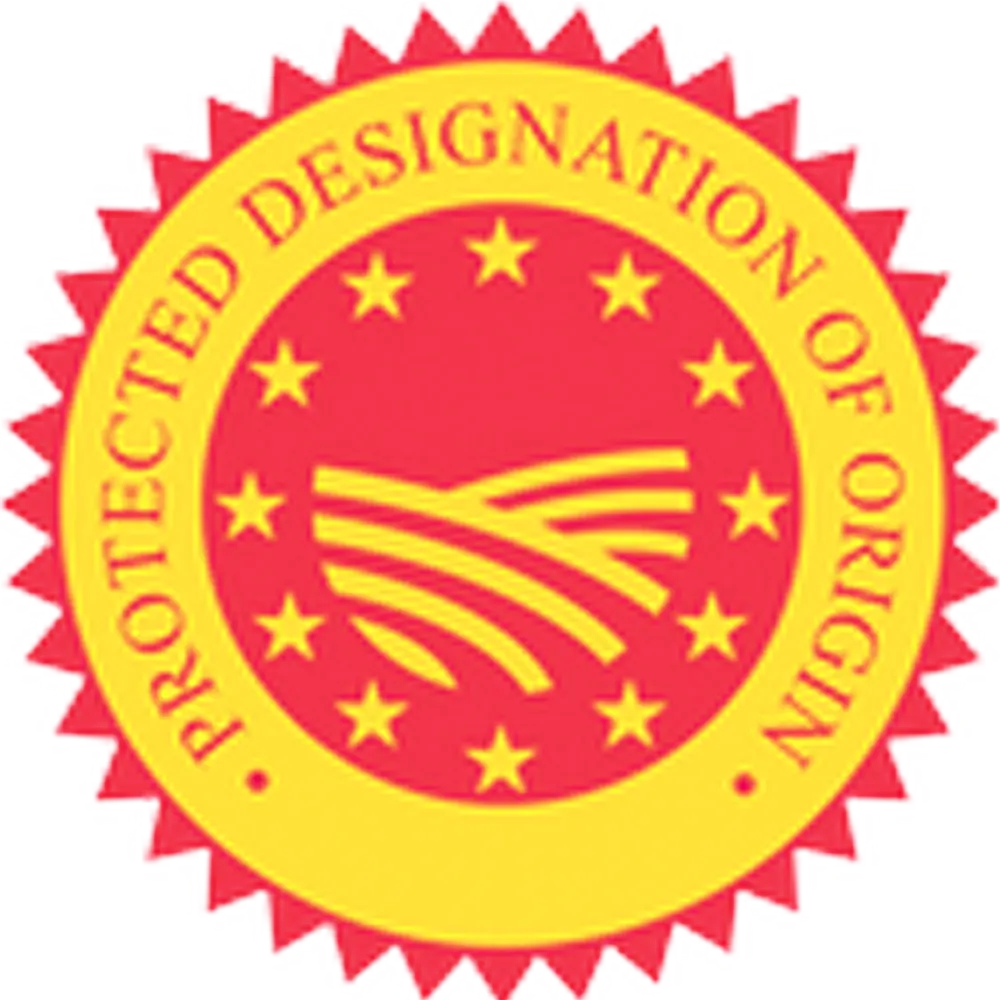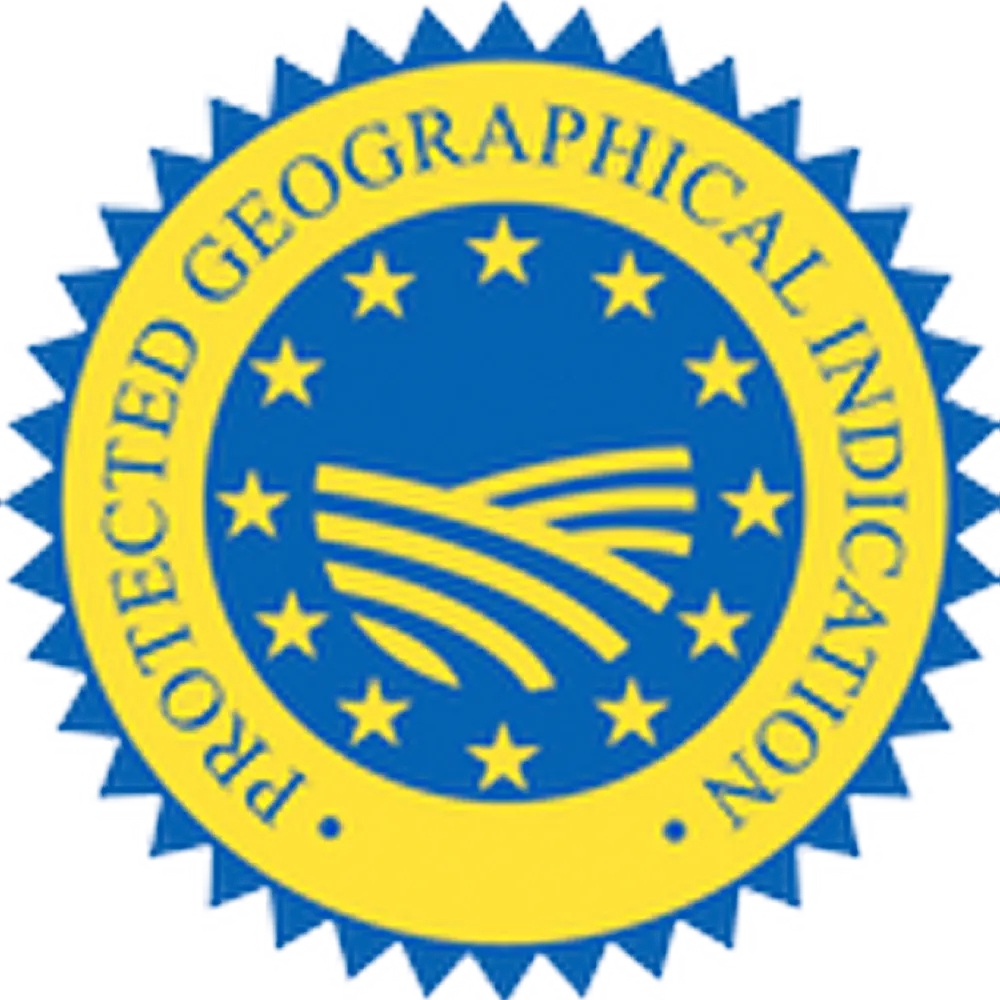Nizip Soap Protected Designation of Origin
Tuesday, July 5, 2022
No: 335 – Protected Designation of Origin (PDO)
NIZIP SOAP
Registrant
GAZIANTEP EXCHANGE COMMODITY
This geographical indication was registered on 20.03.2018 to be protected as of 01.10.2012 under the Industrial Property Law No. 6769.
Registration Number : 335
Registration Date : 20.03.2018
Application Number : C2012/134
Application Date : 01.10.2012
Name of Geographical Indication : Nizip Soap
Product / Product Group : Soap
Type of Geographical Indication : Protected Designation of Origin (PDO)
Registrant : Nizip Chamber of Commerce
Address of Registrant : İstasyon Mah. İstasyon Cad. No:2 Nizip GAZİANTEP
Geographical Boundary : Gaziantep province Nizip district
Usage Format : The usage format will be branding. Businesses will be able to use the
geographical indication on their own products as well as their own brands.
Product Description and Distinctive Features:
Soap production has been present in Nizip district for many years. One of the most important features that distinguishes Nizip soap from other soaps is that it is made from pomace oil consisting of the pulp of Nizip Olive Oil, which also has a geographical indication registration, and the acid of Nizip Olive Oil.
Another distinctive feature is the drying process, which is the last stage of soap production, with a cage system. The drying time of the soap produced in climatic conditions with high humidity is quite long and the soap never fully separates from its moisture. However, due to the climatic conditions of the Nizip district, this period is at least three months, and at the end of the period, moisture remains in the soap in trace amounts. Due to the low humidity and dry air in the Nizip climate, the product dries faster and allows for less moisture. With the effect of the climate of the district, the drying process, which is the transition from the production stage to the packaging stage, takes place more quickly in natural conditions. The cage system, which is the drying process of Nizip Soap, is generally carried out in places with no direct sunlight and high air circulation. The reason for this is that the soap dries quickly and dehydrates early, and accordingly, the packaging process is faster, which is a distinctive feature of Nizip Soap.
Nizip Soap analysis, which dates back to old times, was done with ancestral methods in the years when laboratory analyzes were not yet widespread. After the soap cooking process was completed, its features were inspected with unique sensory methods (saponification by tasting, consistency by touching). Today, the analyses of Nizip soap are done by both the laboratory and the sensory analysis methods mentioned.
Sensory analyses are performed as follows:
Determination of Alkali by Taste: The slightly bitter taste of the soap bar that is tasted with the tip of one's tongue during cooking helps to determine the suitability of alkalinity.
Determination of Hardness by Touch: When a small piece of soap is pressed on with one's thumb, if it curls easily instead of crumbling from the edges, it is found that the soap has reached a sufficient consistency (a colloid structure / pasty in colloquial speech).
Production Method:
STAGE 1
Raw materials used in making Nizip Soap (for 1 ton of wet soap)
1- 740 kg Soap oil
% 60 Pomace oil obtained from the pulp of Nizip Olive Oil
% 20 Nizip Olive Oil Acid (Causes saponification, prevents skin irritation)
% 20 Palm stearin (adds durability to soap, prevents it from dissolving quickly in water)
The types of palm sterin oil that can be used are tallow, coconut oil, palm kernel oil, palm oil, palm olein oil, palm stearin oil, palm kernel oil, sunflower oil.
The purpose of using palm stearin oils is to ensure the durability of soap, prevent it from dissolving quickly in water and increase the level of foaming.
2- 260 kg Caustic (50 baume) (Causes saponification)
3- 2 tons of water (Some of the water used for washing the soap and removing the unsaponifiable matter remains in the soap. It is fully separated from the soap only when fully dried. The through-dry time is somewhere between 1 to 2 years on average.)
In order to obtain 1 ton wet Nizip Soap, 740 Kg soap oil, 260 Kg 50 baume caustic and 2 tons of water are mixed in the boiler.
This mixture (3–4 atü) is heated at 80 - 100 °C and mixed for 4 hours to cook. Thus, saponification occurs. It is left to rest and cool for 24 hours. During this cooling and resting, caustic water (black water) forms at the bottom of the boiler. The caustic water accumulated in the lower part of the boiler is taken to the resting tank.
The soap dough in the boiler is boiled at 80 - 100 °C for 4 hours by adding salt water again (35 kg of salt for 250 kg of water). In the second boiling process, an additional 100 Kg of cold water is put in. It is left to rest again for 8 hours. Some salt water accumulates at the bottom of the boiler. The diluted salt water here is discharged after undergoing raffination.
Additionally, the caustic water from the first cooking is transferred to the caustic water tank to be used for later saponification in the enterprise with has a recycling system.
STAGE 2
The soap dough in the cooking pot is transferred to a mixer called Brato and is laid in an oblique (colloidal) way on the paper called hutban.
Laying process
In the laying area, pre-drying is carried out by resting for 8-12 hours. After drying, soap is collected by cutting solely by hand. Soap is cut and sized according not to a standard but to customer orders. It is usually between 180 - 200 grams in rectangular or square molds. It can be smaller or larger according to customers' requests.
After the collection process, they are arranged in a cage shape in a dry and moisture-free environment and left to dry for at least three months.
It is packaged in accordance with the order received. Afterwards, it is ready for sale.
All stages of production must be carried out based on the pomace soap specs of the TS 54 standard.
The Production, Processing and Other Transactions to be Performed within the Geographical Boundary:
Nizip Soap, which is produced naturally thanks to the use of pomace oil consisting of the pulp of Nizip Olive Oil and Nizip Olive Oil Acid, is therefore a product that makes a difference. With the effect of the climate of the district, the soap dries quickly and leaves its moisture early in the production phase, and accordingly, the packaging process is faster.
Inspection:
The supervisory authority, under the coordination of the Nizip Chamber of Commerce General Secretariat, will consist of 4 experts to be appointed by Gaziantep University Nizip Vocational School, T.C. Ministry of Health Health Group Presidency Environmental Health Unit, Nizip Municipality and Nizip Commodity Exchange.
Inspection will be carried out using the laboratory facilities provided by Gaziantep University Nizip Vocational School and Nizip Commodity Exchange.
According to Article 49 of the Industrial Property Law No. 6769 on Control of Use, the companies that apply to our chamber for producing Nizip Soap and all companies that announce that they manufacture Nizip Soap through the press and other media will be inspected.
Inspection will be carried out routinely once a year and the results will be reported, as it can be done whenever the complaint and need is required, according to the terms of use, production method and distinctive features. The reported producers will be inspected within 1-4 weeks from the date of the complaint, depending on the physical distance.
The supervisory authority will come together before each routine inspection period and an inspection plan will be made according to the producers to be inspected and their addresses. When necessary, laboratories of other public and private sector institutions will also be used for a fee.
In order to cover the expenses in the audit, such as inspection, examination and reporting, the respective inspection fee will be collected from each firm, provided that it is 5 times (max.) the gross minimum wage determined annually by the Labor Law No 4857. This fee will be reported to the companies after each audit, according to the expenses incurred. Fees for the analyses to be carried out in the laboratory for the audit will also be covered by the audited firm.
The audit in question will be a preliminary audit, and the TSE 54 Standard and other audits will be carried out by the Ministry of Science, Industry and Technology.
The supervisory authority may benefit from or purchase services of public or private institutions, or natural or private entities in charge, during the execution of the inspection. The registrant carries out the legal processes for the protection of rights.
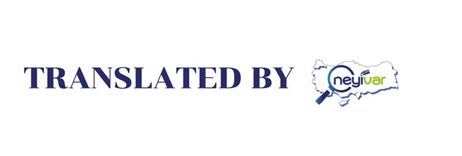
Original text from ci.gov.tr.
